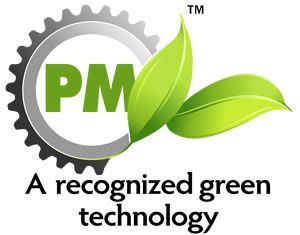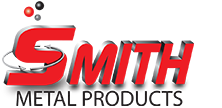Designing for Metal Injection Molding (MIM)
Designing for metal injection molding (MIM) involves creating parts that leverage the unique advantages, such as producing complex shapes with high precision, excellent surface finishes, and superior material properties. Our DFM intent is to reduce the customers tooling and/or part pricing as much as possible or to change the design from un-manufacturable to be a viable MIM candidate.
We simplify this process by providing a comprehensive design guide and expert assistance to ensure your parts are optimized for MIM. By partnering with Smith Metal Products, you benefit from our extensive experience, advanced technology, and commitment to quality, making it easy to achieve cost-effective and high-quality results. Our team is ready to evaluate your designs, suggest improvements, and guide you through the MIM process to meet your specific needs. Contact our Center City, MN, manufacturing facility today to get started.
Recognizing Good MIM Candidate Parts
-
Production Quantity
• Ideal for production quantities of at least 10,000 pieces annually, though often exceeding 20,000 parts per year.
• High-volume applications can reach up to 100 million parts annually, such as in cell phones, computers, and dental brackets.
-
Component Size and Mass Range
• Best suited for parts weighing 25 grams or less, though parts up to 100 grams or possibly more.
• Typically, parts are 3 inches or less in any dimension, with thin wall sections up to 0.250 inches (6mm) preferred.
• Uniform wall thickness is critical, with an ideal range of 2-3 mm (0.080 - 0.125 inches).
-
Shape Complexity
• Suitable for materials that are difficult to machine, such as tool steels, titanium, ceramics, stainless steel, and nickel-based alloys.
• Popular materials include stainless steels, oxide ceramics (alumina, zirconia), tool steels, nickel alloys, iron-nickel soft magnetic alloys, and specialty alloys like tungsten, titanium, cobalt-chromium, and electronic alloys.
-
Material Properties
• MIM excels with complex shapes, often handling components with 20 to over 250 engineering specifications.
• Ideal for parts where shape complexity exceeds the capabilities of other manufacturing processes.
• Combining multiple part assemblies into a single MIM component can eliminate the need for screws, adhesive bonding, soldering, and welding.
Get Started With Our Design Guide
Ready to kickstart your MIM project? Explore our comprehensive design guide to gain valuable insights and ideas for optimizing your parts for Metal Injection Molding. The guide covers essential design principles, material considerations, and practical tips to help you create efficient and cost-effective MIM components. Check out our design guide now and let Smith Metal Products support you in achieving your manufacturing goals.
We Will Help Design Parts, Every Step of the Way
At Smith Metal Products, we have the expertise to determine if your metal parts are suitable for MIM or if they require simple redesigns to optimize them for the process. Send us your CAD files or drawings, and our team will evaluate the feasibility and manufacturability of MIM for your project. Contact us today to discover how we can enhance your manufacturing process with advanced MIM technology. Click here.
CONTACT DETAILS
Phone: (651) 257-3143
Email: sales@smithmetals.com
Address: 15045 Per Rd, Center City, MN 55012
CERTIFICATIONS
- ISO 9001
- ISO 13485
- FFL
- ITAR
 Write your caption hereButton
Write your caption hereButton Write your caption hereButton
Write your caption hereButton
